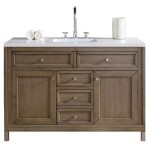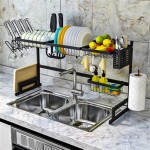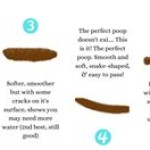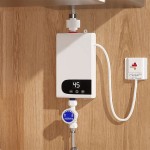Kitchen Sink Drain Plumbing Diagram
The kitchen sink drain is a crucial part of your plumbing system, allowing you to dispose of wastewater from your sink. Understanding the components and how they work is essential for maintaining and repairing your drain effectively.
Components of a Kitchen Sink Drain
A typical kitchen sink drain consists of several components:
* P-Trap: A U-shaped pipe that traps water, creating a barrier against sewer gases from entering the sink. * Tailpiece: A short pipe that connects the sink drain to the P-trap. * Basket Strainer: A perforated device that fits into the sink drain to prevent large debris from entering the drainpipe. * Garbage Disposal: An optional appliance that grinds food waste before it enters the drainpipe. * Drainpipe: A larger pipe that carries wastewater away from the sink to the main sewer line. * Sanitary Tee: A T-shaped fitting that connects the drainpipe to the main sewer line and allows access for cleaning.How a Kitchen Sink Drain Works
When water flows down the sink drain, it passes through the basket strainer to prevent debris from entering the drainpipe. The water then enters the tailpiece and into the P-trap, where it fills the bottom of the U-bend. This water creates a barrier that prevents sewer gases from entering the sink. The water then flows out of the P-trap and into the drainpipe, which carries it away to the main sewer line.
Troubleshooting Common Drain Problems
Common kitchen sink drain problems include:
* Clogs: Debris can accumulate in the basket strainer, P-trap, or drainpipe, causing a blockage. * Leaks: Loose fittings or cracked pipes can lead to leaks. * Slow drainage: Partial clogs or issues with the garbage disposal can result in slow drainage. * Sewer gas odors: A dry P-trap or damaged seals can allow sewer gases to enter the sink.Maintaining a Kitchen Sink Drain
To maintain your kitchen sink drain and prevent problems, consider the following:
* Clean the basket strainer regularly: Remove trapped debris by emptying the strainer and rinsing it under running water. * Run hot water through the drain: Periodically flush the drain with hot water to prevent grease and soap buildup. * Use drain cleaning products: Commercial drain cleaners can help dissolve clogs, but follow the instructions carefully. * Inspect the P-trap: Check the P-trap for signs of leaks or damage. If necessary, tighten the fittings or replace the P-trap. * Maintain the garbage disposal: Run citrus peels or ice cubes through the garbage disposal to clean and sharpen the blades.When to Call a Plumber
If you encounter persistent clogs, leaks, or sewage odors, it's advisable to call a licensed plumber. They have the experience and tools to diagnose and resolve complex drain issues effectively.

Double Sink Drain Plumbing Diagram

Pin Page

Kitchen Plumbing Systems

Parts Of A Sink The Home

Sink Drain Plumbing

How To Connect A Kitchen Sink Drain Youtube

Kitchen Sink Drain Through Floor P Trap Arm Length
How To Install A Kitchen Sink Drain

How To Connect A Kitchen Sink Drain 2024 Youtube

Kitchen Sink Plumbing Parts Explained Clearly In One Simple Diagram Totinos







